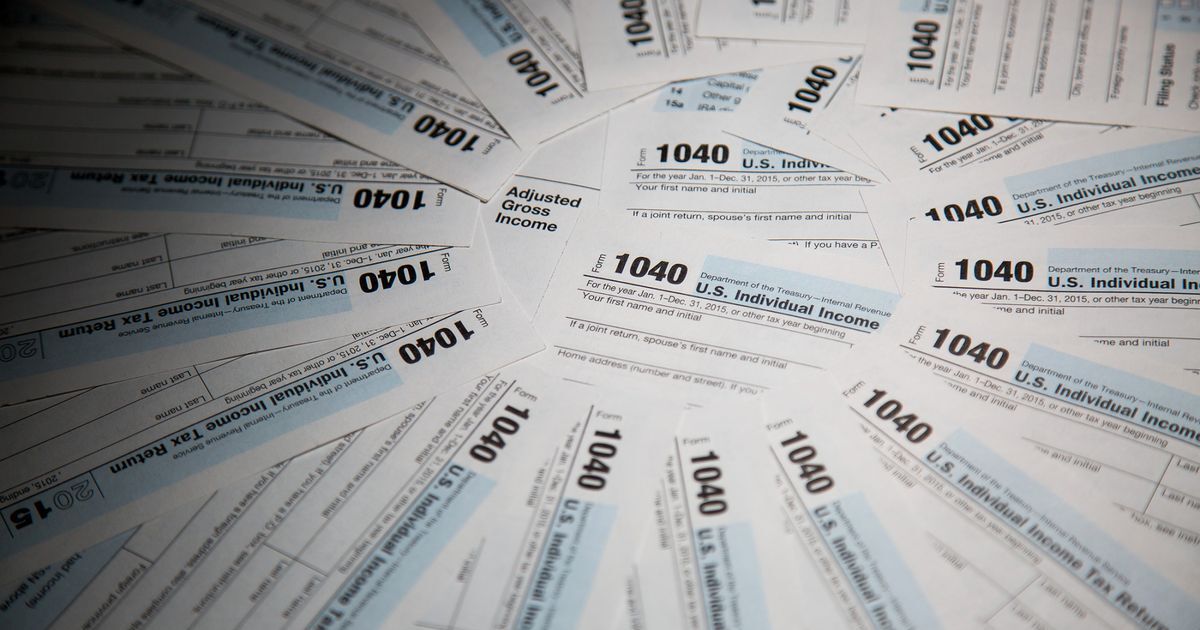The IRS held a webinar to raise awareness about educational assistance programs that companies can use to help employees pay off student loans and other educational expenses.
Section 127 of the Internal Revenue Code allows companies to contribute up to $5,250 tax-free per employee for any qualified educational loan, whether it’s a federal or private student loan. By doing so, according to Mick MacLaverty, a student loan expert and co-founder of Highway Benefits, companies can limit how much they contribute every month or over a worker’s lifetime.
One of the webinar’s goals, beyond providing people with financial knowledge through a Q&A session, was to explain that educational assistance programs can be used to reimburse payments made after March 27, 2020, and will remain available until Dec. 31, 2025 (see story). MacLaverty sees the program as a win-win situation for all parties involved, where employees gain tax-free income while the company gains the chance to offer tax-free benefits.
“I think the reason the IRS held this webinar is because it’s really timely with regard to the student loan situation, especially considering that public and federal student loans’ interest rates came back on September 1 for the first time in three years,” he said. “And more importantly, payments on student loans are actually going to be due on October 1, and it’s likely that employees will start feeling some kind of financial pressure when it happens.”
What made the webinar even more relevant is that human resources departments are still going through their companies’ budgets, which will give them the opportunity to decide where to spend their money. An organization can roll out its educational assistance program in January or even earlier, which puts the webinar at a strategic date as it relates to the administrative agenda of companies.

Andrew Harrer/Bloomberg
Furthermore, MacLaverty said it’s critical for employers to know what their employees’ concerns are, and several company surveys revealed that student loan repayments often rank at the top of their preoccupations. With a third of workers having debts on average, reimbursing loans certainly comes at a cost for organizations with smaller budgets, but MacLaverty believes it’s a powerful long-term investment to reduce a company’s turnover rate.
“Come October 1, you’re going to have a third of your employees having to make about a $400 a month payment, and you need to ask yourself where that money is coming from,” he said. “A lot of people are feeling the weight of the previous inflation and this policy is trying to help them during this time of need.”
Since it became permanent in 2012, Section 127 went through several changes to ensure people don’t take advantage of the program, such as disbursing funds in five increments. With 43.5 million Americans currently having some kind of debt, with an average of $40,000 in loans, MacLaverty said the section will remain as important as ever, especially as the newest generation of accounting graduates gets ready to enter the workforce.
“These types of prospective employees are starting to get smart about benefits and ask employers about what they provide, so employees who offer student loan repayments are at a very advantageous place when it comes to attracting and retaining talent,” he said. “The student debt problem is a very important issue that can have a harmful impact on society, which is why it’s more timely than ever for employees to help their staff pay off their loans. I would even say it became table stakes.”
The replay of the webinar will be available in a few weeks, for anyone who wishes to benefit from the discussion.




